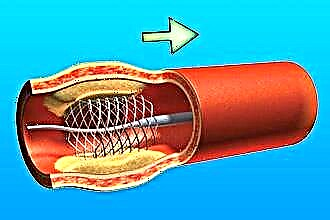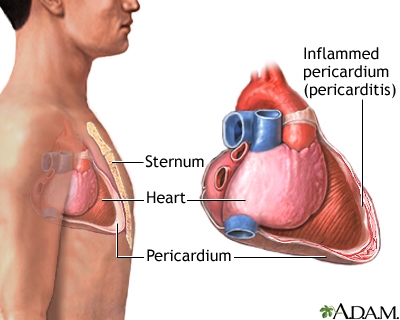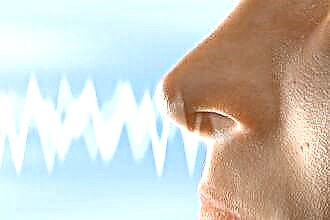Causes
 The nose is the most prominent organ on the face, so it is more prone to injury than others. The nose, especially the tip and wings, contains a large number of glands (sebaceous, sweat), which in the absence of proper hygiene can become inflamed.
The nose is the most prominent organ on the face, so it is more prone to injury than others. The nose, especially the tip and wings, contains a large number of glands (sebaceous, sweat), which in the absence of proper hygiene can become inflamed.
Experts identify a large number of reasons why the tip of the nose may hurt. Distinguish:
- external causes: boils, trauma, burns, frostbite;
- internal causes: fractures, neuritis, trauma to the nasal cavity.
Common external causes include:
- The presence of boils is the most common cause of painful sensations on the tip of the nose. Pain in this case may be accompanied by swelling and hyperemia. Furunculosis most often occurs against the background of lowered immunity, hypothermia.
- Rhinitis is also a common cause of soreness in the nose. In this case, the cause of rhinitis can be both a common cold and bacterial infections, as well as syphilis, tuberculosis, a sharp drop in air temperature, and the like.
- Burns and frostbite can cause pain in the tip of the nose. Due to the fact that the nose is the most prominent organ on the face, under the influence of sunlight, in a strong cold wind and in frost, the skin of the nose is affected in the first place. In this case, the skin can crack, become inflamed, peeling can occur, and the tip of the nose turns red and begins to hurt.
- The pain occurs as a result of severe bruising of the nose. In this case, the discomfort may not go away for a whole month.
- The tip of the nose can become inflamed due to drying out and cracking of the mucous membrane. A similar condition occurs as a result of uncontrolled long-term intake of vasoconstrictor drops (more than five days), in case of inhalation of too warm air and being in a room with low humidity.
Treatment
Since treatment should be aimed primarily at eliminating the cause of the symptoms, in this section we will talk about the most common pathologies that cause pain in the tip of the nose and how to fight it off.
Furunculosis therapy
Furunculosis is a bacterial inflammation. Most often, the cause of the inflammatory process is staphylococcus, which enters the body through even minor damage to the skin. The inflammatory process is accompanied by the accumulation of pus, an increase in body temperature.
Increases the risk of furunculosis, a sharp decrease in immunity, the presence of chronic diseases, improper and poorly balanced diet.
Important! It is forbidden to squeeze out the boil on your own, as there is a risk of spreading the infection to nearby organs and tissues.
Against the background of a weakening of the protective functions of the body, furunculosis can cause complications such as sepsis, meningitis, etc.
If the body is able to cope with the infection, then on the third or fifth day, the abscess begins to pass. At the time of abscess formation, painful sensations at the tip of the nose may increase, after the release of pus, the pain usually decreases and disappears. Within four to five days, the place of the boil is healed.
As a treatment used:
- antibiotics (Trimethoprim, Clindamycin, etc.);
- warm compresses or compresses with Vishnevsky's ointment, which help to improve local blood supply, accelerating the process of boil ripening;
- in the absence of pus, you can use such physiotherapy as UFO, UHF, laser irradiation;
- at elevated temperatures and severe painful sensations, analgesics are used (Paracetamol, Ibuprofen).
Rhinitis therapy
In this case, excessive dryness and cracking of the mucous membrane becomes the cause of pain on the tip of the nose when pressed. Treatment mainly consists in constantly moisturizing the nasopharynx, clearing excessive amounts of mucus and crusts. Apply:
- saline sprays and drops (Aquamaris, Salin, saline);
- the nasal mucosa is lubricated with oxolinic ointment, Levomekol, wound healing and restorative ointments containing panthenol;
- steam inhalation with chamomile decoction.
Important! Steam inhalation can be carried out only in the absence of increased body temperature.
Burns, frostbite, trauma
If the soreness of the nose is caused by damage to the skin, in this case it is advisable to use wound-healing creams and ointments that help speed up the process of restoring the integrity of the skin, as well as antimicrobial (oxycort, 10% synthomycin emulsion, etc.) and antihistamines.
Important! In case of frostbite, warming of the nose should be carried out gradually in order to avoid additional tissue injury.
Depending on the severity of the injuries, the pain in the nose can go away within a few minutes after the injury, or it can persist all the time, until complete recovery (with fractures), especially when touched and pressed.
Injuries to the nose can not only cause soreness, but also cause nosebleeds, difficulty breathing, and hematomas. In this case, you should contact a specialist to prescribe the correct and most effective treatment.
Conclusion
Pain in the tip of the nose can be caused by various factors, ranging from injuries and burns to rhinitis of various nature. In any case, treatment should first of all be based on eliminating the cause that caused the pain symptom. At the same time, to alleviate the general condition of the patient, the doctor may prescribe pain medications.
However, it is known that it is easier to prevent the disease than to cure it. Therefore, special attention should be paid to prevention: eat food rich in vitamins, protect your nose from injury, cover it in severe frost and under the scorching sun, and also observe basic hygiene rules.



